“Progress came and took it’s toll – and in the name of flood control,
They made their plans and they drained the land – now the glades are going dry.”
John Anderson – Seminole Wind
Driving around the urban and agricultural areas of southeast Florida, it didn’t take long to realize that most of the land we were on was once part of the Everglades. All of the farmland west of Miami was once part of the river of grass. Even Miami International Airport was once home to gators, anhingas and sawgrass. The maze of canals diverting the water coming out of Lake Okeechobee is staggering. The Everglades we see today are but a small percentage of what existed prior to the 20th century….and the fresh water entering the current version of the glades is for the most part controlled by man. Couple that with rising sea levels and salinity, it is easy to see that this fragile ecosystem is truly endangered. Perhaps not ‘dry’, in the literal sense of the word, but certainly different from what it once was.
On the one hand, visiting the park left me with a sense of uneasiness for treading on the remaining portion of the Everglades. But if you remember what I said about my preconceived notions regarding the ‘swamp’, I realize just how important it is for us to see this place firsthand. On our trip into the lower glades to Flamingo on Sunday, it quickly became apparent that our visit to Shark Valley was merely an introduction to the novel that the Everglades truly is.
Entering the eastern side of the park from the city of Homestead, we stopped at the Coe Visitor Center. Information on everything the National Park Service offers regarding the park is available there. From Coe, we stopped at the Royal Palm Visitor Center. This location is more about the attached trails than being a ‘visitor’ center, per se.

The first thing you notice are all these blue tarps on the cars. It turns out that the vultures in the area have developed a taste for rubber windshield seals and wipers.
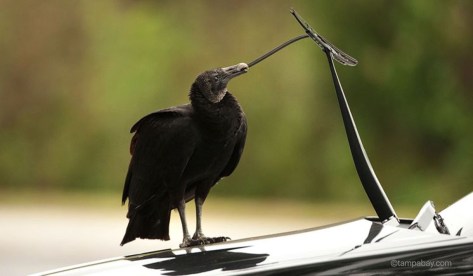
I pulled this photo from the web. While we didn’t see any vultures munching on cars while we were there, we didn’t want to chance it. We tarped the Ford. 🙂
The first of two paths we explored was the Anhinga Trail.

This beauty was poised along the side, smiling for the camera. One interesting thing we found out about alligators is that while their bite can exert a tremendous amount of force, their muscles that open their jaws are quite weak. Good to know if you ever find yourself in a wrestling match with one. 🙂
These bromeliad airplants were nestled in the branches of one of the trees along the trail. They are not attached to the tree; they merely use it for support.
Further down the path, I spotted this Morning Glory.
This Red-bellied turtle was checking out the tourists.
There were several Anhingas along the path. This one was drying off after a morning swim.
A couple of birders we met identified this as an Eastern Phoebe.
The other trail in this area is the Gumbo-Limbo trail.
This stand of trees was decimated by Hurricane Andrew’s 150 mile per hour winds in 1994. It has since rebounded nicely.
The path is named for the Gumbo-Limbo trees that grow here. This unique tree is often referred to as the Tourist tree, as it sports a sunburned appearance. It was used for a variety of purposes, from carousel horses to medicinal salves.
From Royal Palm, we drove 35 miles straight out to Flamingo.

This is where the river of grass meets Florida Bay. There were thousands of birds on the tidal flats.
We spotted these American White Pelicans amongst the bunch. These are some of the largest birds in North America, similar in size to Trumpeter Swans and California Condors.
There are several camping options available at Flamingo, including this nice trailer loop. There is also a small visitor center.
This is a Swallow-tail Kite. Tough photo to take, as they move really fast!
From Flamingo, we worked our way back, stopping at most of the overlooks and trails along the way. We were hoping to see some Roseate Spoonbills…which we did not…but we did see plenty of other birds!
A Great White Egret, looking for something in the tall grass.
An Osprey hanging out in it’s nest.
I’m fairly sure this is a Raven and not a Crow. Definitely not a Patriot, Ram, Bronco … and certainly not a Lion.
A couple of Florida Vultures hanging around in the trees.
A big highlight of the day was Pay-Hay-Okee overlook.
The unusual name of this place means ‘grass river’…and what better place than this to view the endless miles of sawgrass. I had difficulty photographing a blade of this unique plant, but here is an image from the web.
It is triangular in structure, with upwards-facing serrations along it’s edges. Moisture is gathered in these serrations, thus feeding the plant. Be careful…they are sharp!
As we walked down the ramp from the overlook, we heard an owl down in a thicket next to the structure.
We peered in and found this Barred Owl.
We showed it to other visitors on the deck, and everyone was really quiet and respectful of the bird’s space.
If you have never been to the Everglades, we hope you are able to see this fragile ecosystem in the near future. The diversity of species here is astounding. It’s amazing the Everglades still exist, with all that mankind has thrown at them in the past century. Efforts are being made to restore a portion of the historic flow… but there are huge politics in play, so the outcome remains to be seen. We certainly hope the restoration happens.
——————————————–
Search and shop Amazon through our exploRVistas link here
explorRVistas is a participant in the Amazon Services LLC Associates Program, an affiliate advertising program designed to provide a means for sites to earn advertising fees by advertising and linking to Amazon .com. Shopping here doesn’t add anything to your cost, but it does help support this blog. Thank you for considering shopping through exploRVistas!



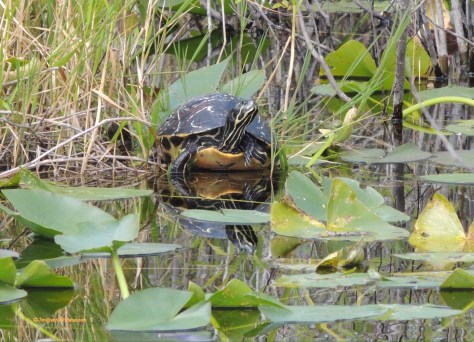


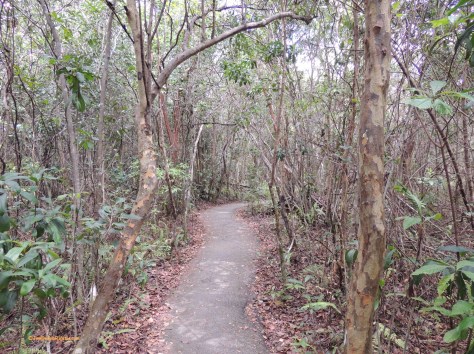



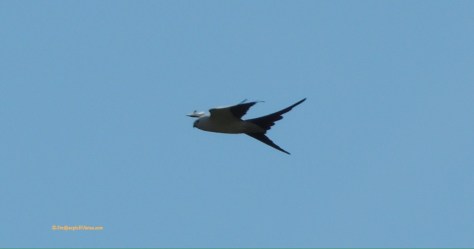
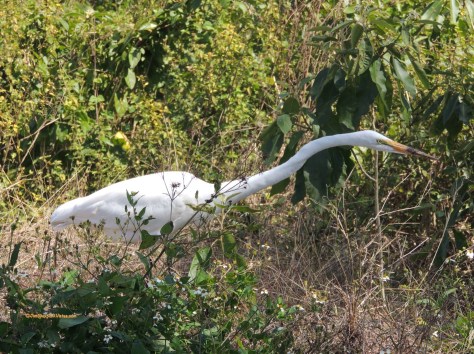
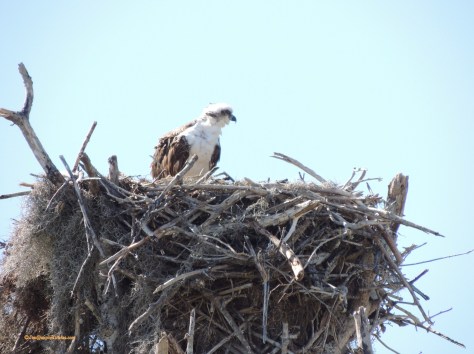
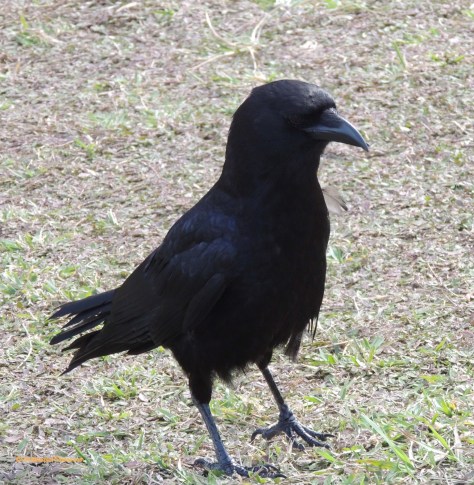
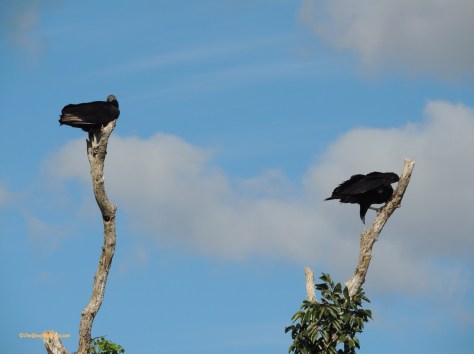
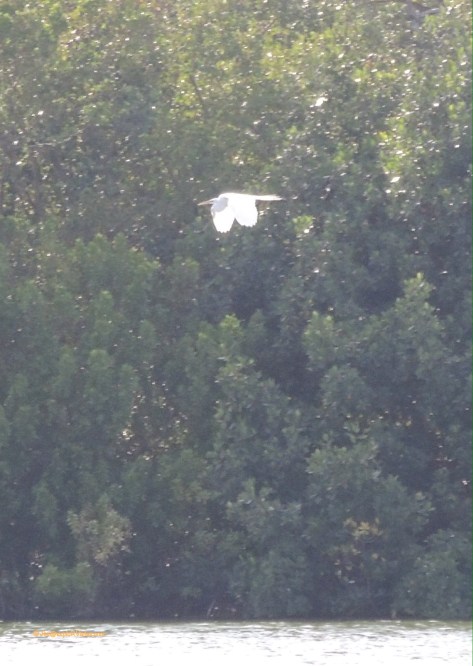
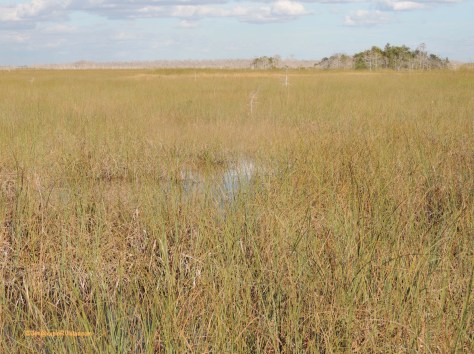
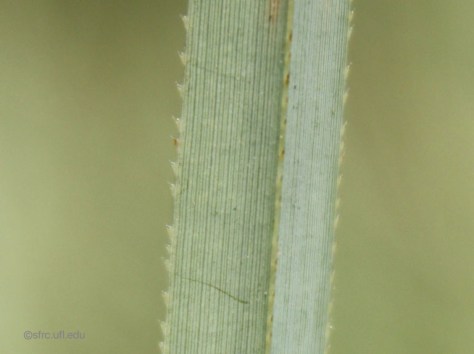
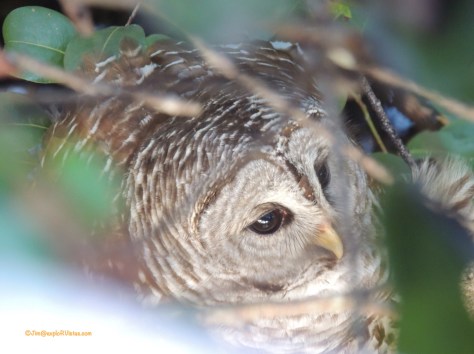

Everglades National Park is one of my favorite places on earth. We’ve camped at Flamingo twice and loved it. One of the best places to see Spoonbills is Eco Pond which is very close to the campground. I’m sorry you missed seeing them. They are beautiful birds. The White Pelicans are always a treat.
LikeLiked by 2 people
We did check out Eco Pond…unfortunately no Spoonbills on that day, Beth. We will find them eventually!
LikeLike
If they are in an area you can’t miss them. Just look for a brilliant pink! Good luck!
LikeLiked by 1 person
you’re right about places one needs to see personally, stories from others just doesn’t convey the entirety of places like the glades.
We too got a kick out of the tarps. It’s nice of the NPS to provide them for visitors. Could be a very ugly surprise upon returning to your car — on a rainy day!
If you have time and it’’s on your route the “Ding” Darling refuge near Sanibel is worth the time too.
LikeLiked by 1 person
Thanks, Peter. It’s been awhile since we’ve been to Ding Darling. We need to get back there.
LikeLike
Jim and Diana I am enjoying hearing about your Everglades adventures. It is a very special place and your post brings back great memories. It is on our must return to list. There is a local Kayaking company that does a New Years Eve camp on the beach tour that is on our bucket list. Have fun guys.
LikeLiked by 1 person
Thanks, Bonnie!
LikeLike
Thanks for the beautiful pictures! You write such great narratives.
I worry about my home state. So much land has been developed. What’s good for man is not always good for nature.
Joan
LikeLiked by 1 person
Thanks, Joan! I know what you mean about man and nature. The poor Everglades have pressure from all sides….urban, agriculture and the rising sea. It’s not only sad, it is downright scary. I have to tell you though, we were blown away at how beautiful it is. 🙂
LikeLike
Very cool, we are planning to trip to that area the winter of ’17. That is really weird that the vultures have started eating the windshield wipers, good to know!
LikeLiked by 1 person
It’s also the rubber window seals, so make sure they are covered up, Jim. The way you two love wilderness, I am sure you will find the Everglades interesting. 🙂
LikeLike
Oh yes, they are on our list for sure! Crazy that the vultures like the rubber – I can’t imagine what it mimics in nature to attract them. Anhingas are one of my favorites and your pic is beautiful. Great catch of the Kite as well! Thanks for sharing so much of this wonderful place.
LikeLiked by 1 person
If you come east, grab the trikes back from the kids! 🙂
LikeLike
We’ve never made it all the way out there. Thanks for taking us:) Loved all the wildlife photos, especially the smiling gator! What luck to hear and see the owl:) We were somewhere and saw bags on all the employees wipers. When we asked why, we were told the vultures. Interesting that they eat rubber!
LikeLiked by 1 person
Thanks, Pam! Yes, the owl was icing on the cake. :). That was a fun day!
LikeLiked by 1 person
Thanks for the great post and all the pics! We had planned to go to Flamingo this past winter, but didn’t make it – it’s still on the list!
LikeLiked by 1 person
Maybe next winter???
LikeLike
What an incredible fauna ! I couldn’t help but chuckle when I saw all the blue sheet covering the cars. It’s a good to know if people plan to get there !
LikeLiked by 1 person
Actually, the National Parks provide the tarps, Gin. Nice of them to do that!
LikeLiked by 1 person
Oh yes, it’s very nice indeed !
LikeLiked by 1 person
Beautiful pictures of wildlife, thanks a lot for sharing!! I prepare myself an article on alligators of Everglades! Keep in touch, following!
LikeLiked by 1 person
Thanks for following!
LikeLike